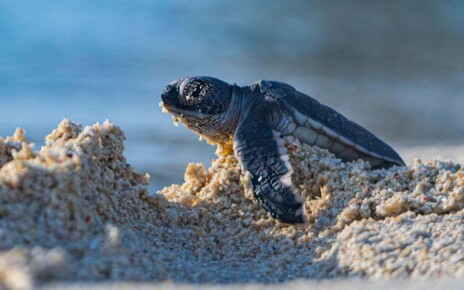[ad_1]

Steve Bloom Images/Alamy
Rising temperatures over the next few decades could cause Earth’s terrestrial ecosystems – including rainforests – to go from being net carbon sinks that remove carbon from the atmosphere to carbon sources which release it.
How well an ecosystem can act as a carbon sink is temperature dependent. That is because living things have an optimum range of temperatures at which they can function properly. Beyond this, things start to go wrong.
Katharyn Duffy at Northern Arizona University and her colleagues constructed a temperature dependence curve for plants, a model predicting responses to temperature changes for all of the land-based vegetation on Earth. They built the model using data from FLUXNET, a global network of meteorological sensors monitoring carbon exchange of ecosystems.
Advertisement
For plants, rising temperatures may lead to lower rates of photosynthesis. Given that plants also respire – which releases carbon dioxide – there is potential for ecosystems to gradually switch from being net stores of the greenhouse gas to net emitters.
The team’s results indicate that the tipping point where these terrestrial systems turn into carbon sources could be reached in just 20 to 30 years.
“All the plants on Earth are picking up about 30 per cent of all the carbon that we emit and so if that no longer happens, that can create kind of a runaway climate change rate,” says Duffy. “It’s this feedback loop where the plants are taking up less carbon, there’s more carbon in the atmosphere, there’s more warming, and so on, and so forth.”
David Galbraith at the University of Leeds, UK, welcomed the research. “It’s a very useful contribution in helping us to make more refined projections for the future,” he says.
Journal reference: Science Advances, DOI: 10.1126/sciadv.aay1052
More on these topics:
[ad_2]
Source link




